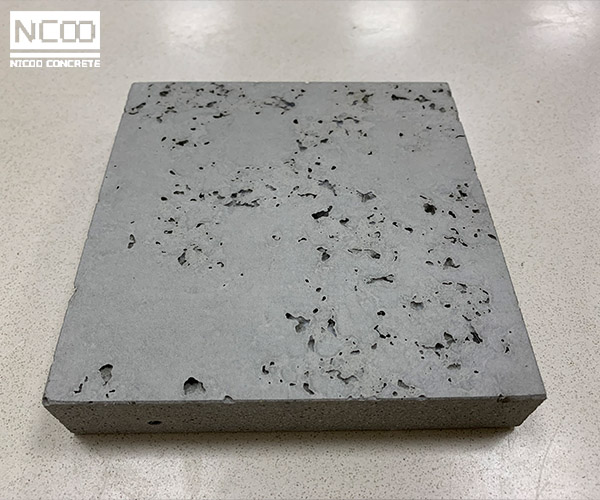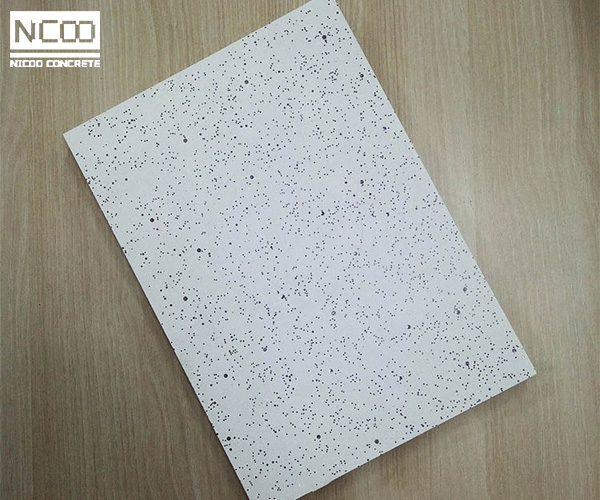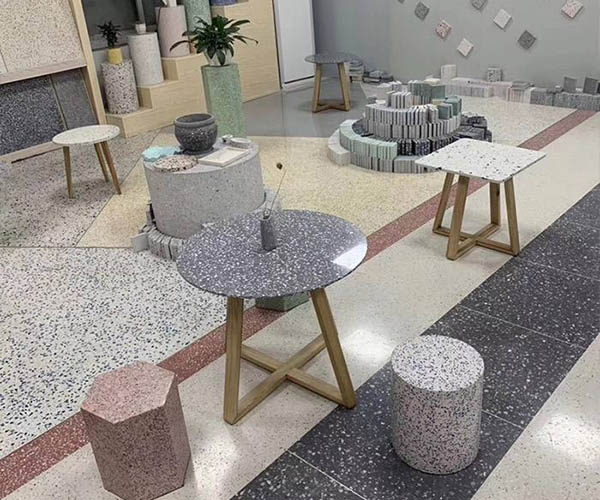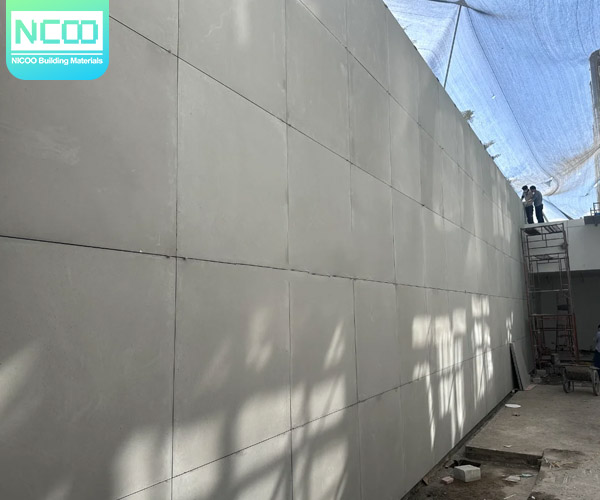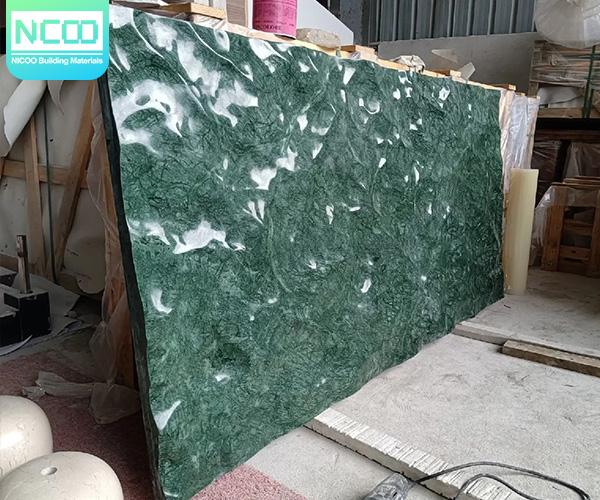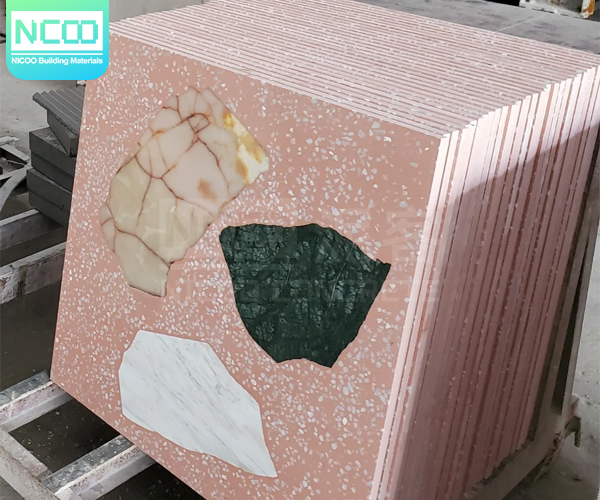The Classic 60 Questions of Concrete - Part 1
Concrete classic 60 questions, worth collecting information!

1. What if the raw material cannot be stopped immediately and the supply of concrete cannot be interrupted?
Must be in contact with the raw material suppliers at the same time, send special personnel to control the mixing water consumption and site concrete vulcanization monitoring, to prevent the site from adding water. When necessary, control the water binder ratio unchanged and increase the amount of cement appropriately to increase the fluidity of concrete. Generally, every increase of 1cm collapse, every 1m3 concrete needs to increase the cement slurry volume of 1.5%~2.5%.
2, what kind of fly ash can be used in ready-mixed concrete?
Fly ash is divided into Ⅰ, Ⅱ and Ⅲ grades according to its fineness, water demand ratio and carbon content. Grade Ⅰ and Ⅱ fly ash can be used in ready-mixed concrete.
3. Under what circumstances should fly ash not be used?
In winter construction, especially at -10℃ or below, due to the low strength of fly ash concrete in the early stage, the critical strength of freezing resistance needs to be pre-incubated at positive temperature for a long time, the site insulation is poor, and it is very vulnerable to freezing, so fly ash should not be mixed. In addition, with the pressure of light concrete floor, the concrete with deicing salt requirements shall not be doped with fly ash.
4. Can fly ash concrete be extended for acceptance?
Yes, because the incorporation of fly ash contributes to the strength of concrete at the later stage, the Technical Code for the Application of Fly Ash Concrete (GB J146) stipulates that the age of the design strength grade of fly ash concrete should be 28 days for above-ground engineering. 28 days or 60 days for ground works; 60 or 90 days for underground works; Bulk concrete should be 90 or 180 days old.
5. Under what conditions is silica fume used?
Wollastonite is mainly used to prepare high strength concrete, sulfate resistant concrete, chlorine salt corrosion resistant concrete, underwater concrete, deicing salt concrete, high wear-resistant pavement concrete, Aiken wollastonite is widely used in our country, the price is about 3000 yuan/ton.
6. Under what circumstances is zeolite powder used?
Zeolite powder can be used as active admixture of cement. Zeolite powder can replace part of the cement in concrete and improve the water retention of concrete. Especially when the polycarboxylic acid superplasticizer is mixed to make the flow state and ultra-high strength concrete, the appropriate amount of zeolite powder can effectively improve the water retention of concrete and prevent the concrete from dripping. When preparing lightweight aggregate concrete, its incorporation will improve the structural viscosity of cement slurry, which can greatly improve the buoyancy of lightweight aggregate in vibration forming. Zeolite powder concrete is also suitable for underwater concrete and underground wet environment maintenance of concrete, freezing resistance, seepage resistance is good. When zeolite powder is used to prepare high performance concrete, 10% replacement cement is preferred.
7. sometimes with naphthalene series of highly efficient water-reducing agent production of concrete after mold removal, concrete surface bubbles are especially what is the reason? What should be done?
Some admixture manufacturers purchase cheap crude nai (normal nai appearance color is white, yellow, containing impurities nai is pink, red brick color), mixed nai, these chemical composition is not pure nai, high phenol content, low purity, will bring many bubbles in the high efficiency water reducing agent (inferior nai will be brought into the concrete 3% bubbles), and the bubble is large, the defoamination time is longer, It directly affects the strength of concrete. At this time, should be timely and admixture factory contact suspended use, in order to prevent the impact of concrete strength.
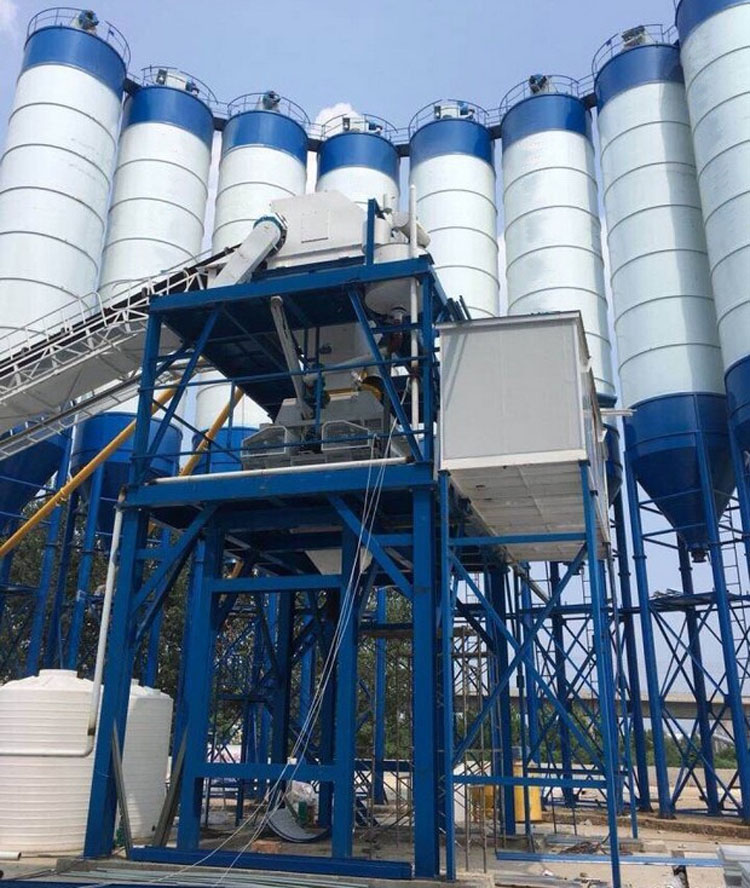
8. How to detect the gas content of water reducing agent?
In addition to the determination of concrete gas content by gas content meter to infer the admixture gas intake, the following methods can also be used to test.
Take 100ml stopper colouring tube, add 4 grams of powder sample, then add water to 40ml, record the vertical height of solution (h0) with steel ruler, hold the stopper plug tightly with your hand, violently shake 20 times, time immediately with a stopwatch, at the same time measure the top height of foam (h1), and wait until the foam disappears at the liquid level, and record the time (s).
Control index: foaming height ≤45mm, defoaming time ≤50s.
9. What should we pay attention to when using air entraining agent?
First of all, to control the ventilation is generally appropriate to 2%-4% (volume content), otherwise, it will cause the strength of concrete to decline. In addition, can not choose poor quality, bubble diameter and spacing of poor quality air entraining agent, such as sodium dodecyl sulfonate, wood calcium, etc. Slightly larger dosage will result in a substantial decrease in concrete strength. Before the use of the test to determine the use of the variety, mixing a small amount.
10. What is the impact on the quality of concrete if it waits too long at the site?
The concrete is mixed with retarding agent, but its retarding time is limited. After more than 2 hours, the cement begins to hydrate, the collapse also begins to decline, and the concrete strength will lose part of it. Some enterprises have done this kind of test, the test results prove that the site waiting time is more than 2h, the concrete strength begins to decline. For this reason, the concrete should not wait more than 2 hours on site.
11. What are the consequences of adding water to a concrete carrier?
The normal water-cement ratio of concrete ensures that it has a certain fluidity and strength. In addition, the addition of water will reduce the strength of concrete (the excess water evaporates to form a gap and weaken the concrete section). According to the test data of some concrete enterprises, the strength of concrete decreases 3.7Mpa in 28 days for every 10 kg of water added in concrete. Therefore, the construction site should be strictly controlled not to add water to the transport vehicle.
12. Due to various reasons, the concrete collapse to the site is very small, difficult to pump what to do?
Only concrete curing agent can be used for secondary curing. At present, most concrete uses the nano pumping agent, and the vulcanizing agent is the naphthalene high efficiency water reducing agent, liquid agent, powder agent can be used.
13. How to control the dosage of curing agent?
The dosage of vulcanizing agent should be adjusted according to the collapse degree of concrete in the transport vehicle. When using powder, generally 0.5 kg/cubic -1 kg/cubic; Liquid for 1 kg/m3 -2 kg/m3; After adding, the tank can be vulcanized by turning quickly for about 1-2 minutes.
14. Due to a variety of unforeseen reasons, the first vulcanization failed to pump in time, the concrete slump has fallen down, how to do?
Through many tests, it has been proved that concrete can be repeatedly vulcanized, as long as no water is added, stay at room temperature for no more than 2 hours, generally its strength will not decrease.
15. Why not use pumping agent as vulcanizing agent?
Because there are components of retarding and enacting agents in the pumping agent, incorporation into concrete may cause retarding or strength reduction of concrete.
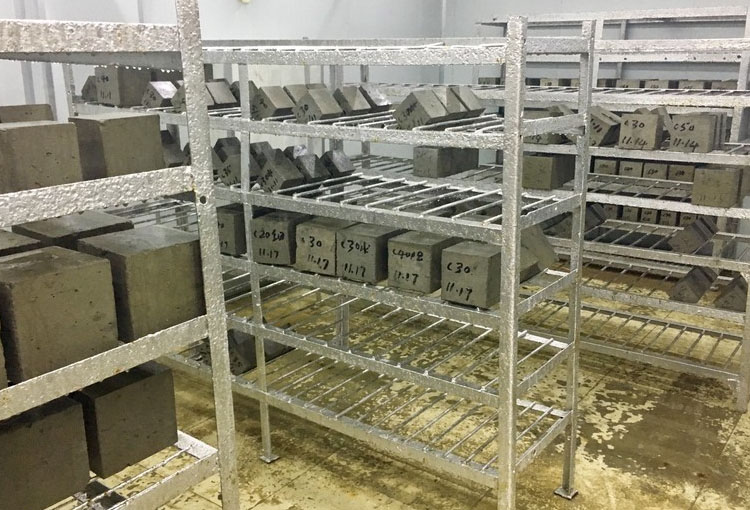
16. How long does it take for concrete to set after pouring? How to judge?
The initial setting time of concrete at normal temperature is 6-8 hours. The initial setting time is when the concrete surface is lightly pressed without sticking to the hand, the concrete surface receives water and there is a shiny film. When the concrete surface color turns white, the hand press no print, that is the final setting, the final setting time is about 8-10 hours, summer, winter depending on the temperature is different, the initial final setting time will be shortened or extended.
17. What is early strength concrete?
Ordinary concrete can reach 70% of the design strength in 7 days at normal temperature, and 100% in 28 days. Due to the needs of construction progress or formwork turnover, measures can be taken to make concrete reach the design strength in 15 days at normal temperature, that is, early strength concrete.
18. What is super early strength concrete?
At normal temperature, the concrete that can reach the design strength in about 7 days is called super early concrete.
19. How to prepare super early strength concrete?
It can be prepared by super early strength pumping agent, or by raising two concrete strength grades or by PO42.5R cement.
20. What should we pay attention to in the mix design of mass concrete?
Mass concrete to prevent its internal and external temperature difference of more than 25℃ caused by structural cracks, so the mix design should pay attention to the following points:
Control the amount of cement and choose the cement with low hydration heat and slow setting time. Such as dam cement, slag Portland cement, fly ash Portland cement, etc.
It is advisable to add fly ash and grind fine mineral powder to reduce the hydration heat of concrete.
Slow - setting type water reducer or high - efficiency water reducer should be used.
In order to reduce the temperature of concrete entering the mold, the ground water that meets the mixing water standard can be used, and some ice can be added if necessary.
Unique and Creative Terrazzo Tiles Design
The floor that can achieve a large area of seamless is a new type of inorganic terrazzo material, using special materials and construction technology, the pressure on the floor is lighter, and the overall effect can achieve a seamless effect.
Dry Hanging Installation Of Fair-faced Concrete Slab On Exterior Wall
Precast concrete slab (precast cement slab) external wall dry hanging technology with its unique decorative effect and exquisite technology, gives new vitality to modern buildings. The technology uses dedicated connectors and pendants to mount concrete slabs directly onto exterior structures without the need for mortar or adhesives, creating a unique facade effect.
The Application of Liquid Marble
Learn about 3D art marble. With the development of science and the progress of technology, stone processing technology is diverse, stone crafts have broken through our inherent imagination. You do not expect that the hard natural marble has become so soft and romantic.
Unique Design 800*800 Potato Powder Large Particle Terrazzo
Puzzle style reinvention, custom design is a bit miscellaneous; Both have chosen to firmly take the customized route, this is today's production line master said the most warm words; Okay, so let's continue with the size effect... !



